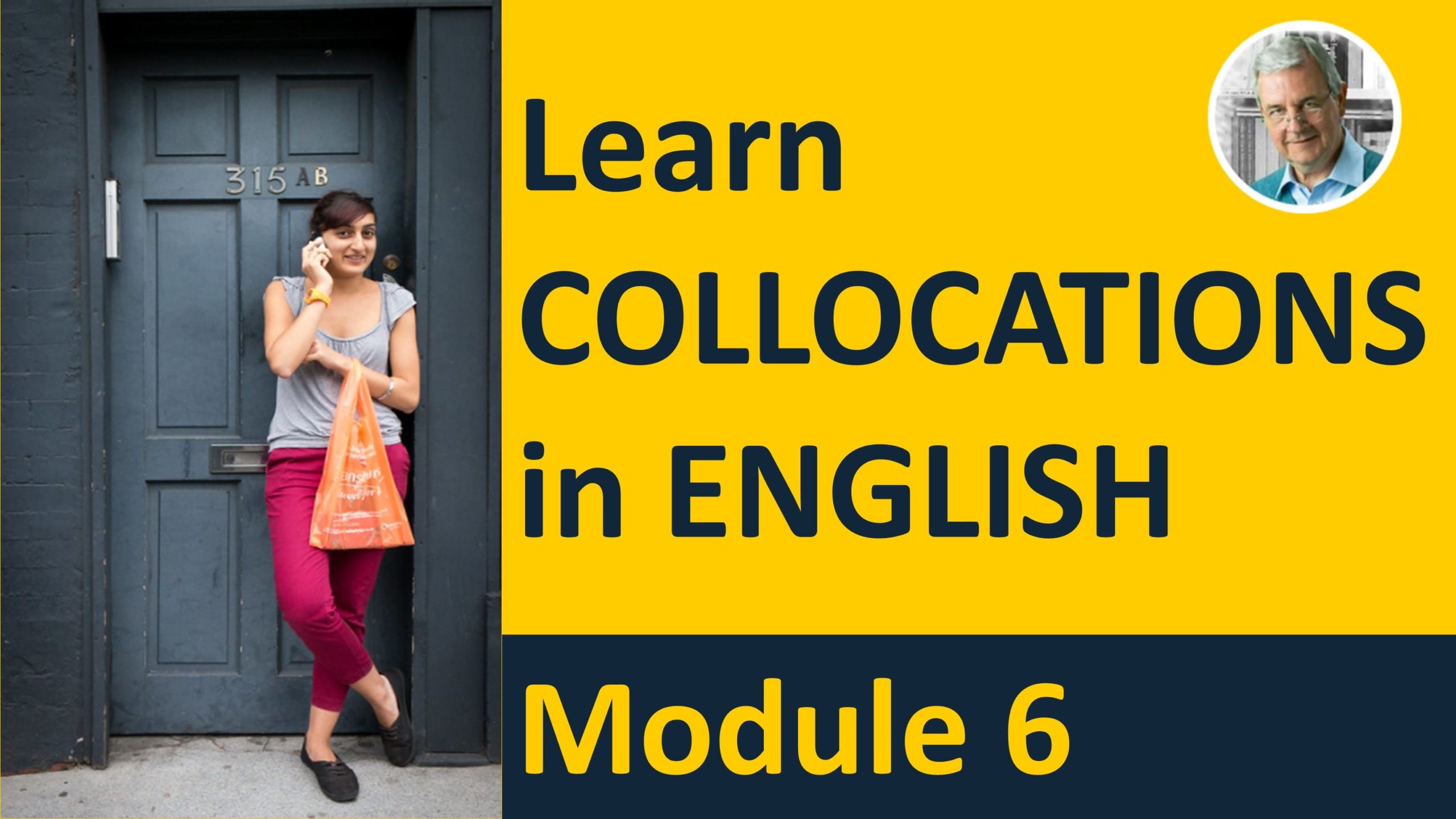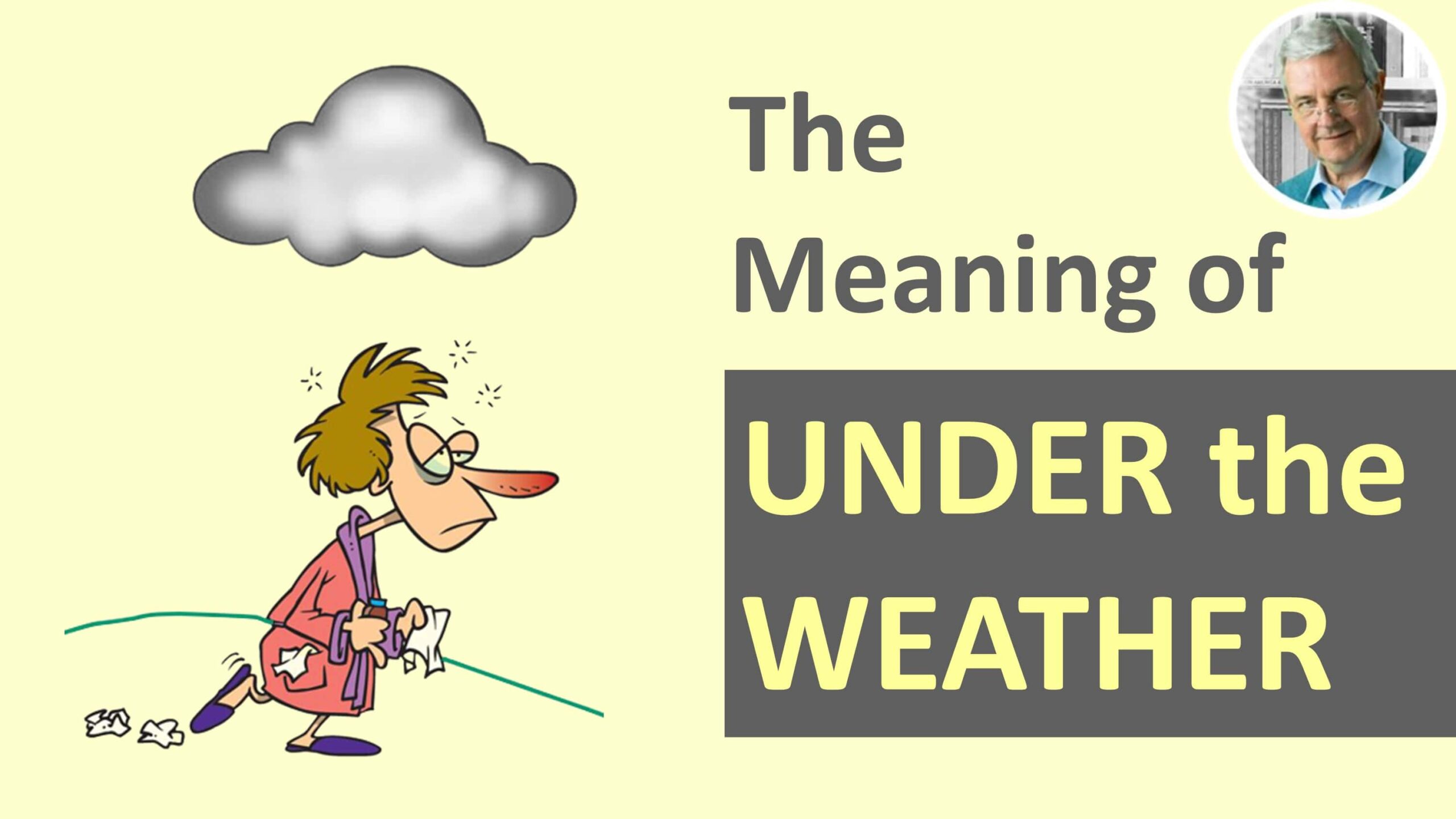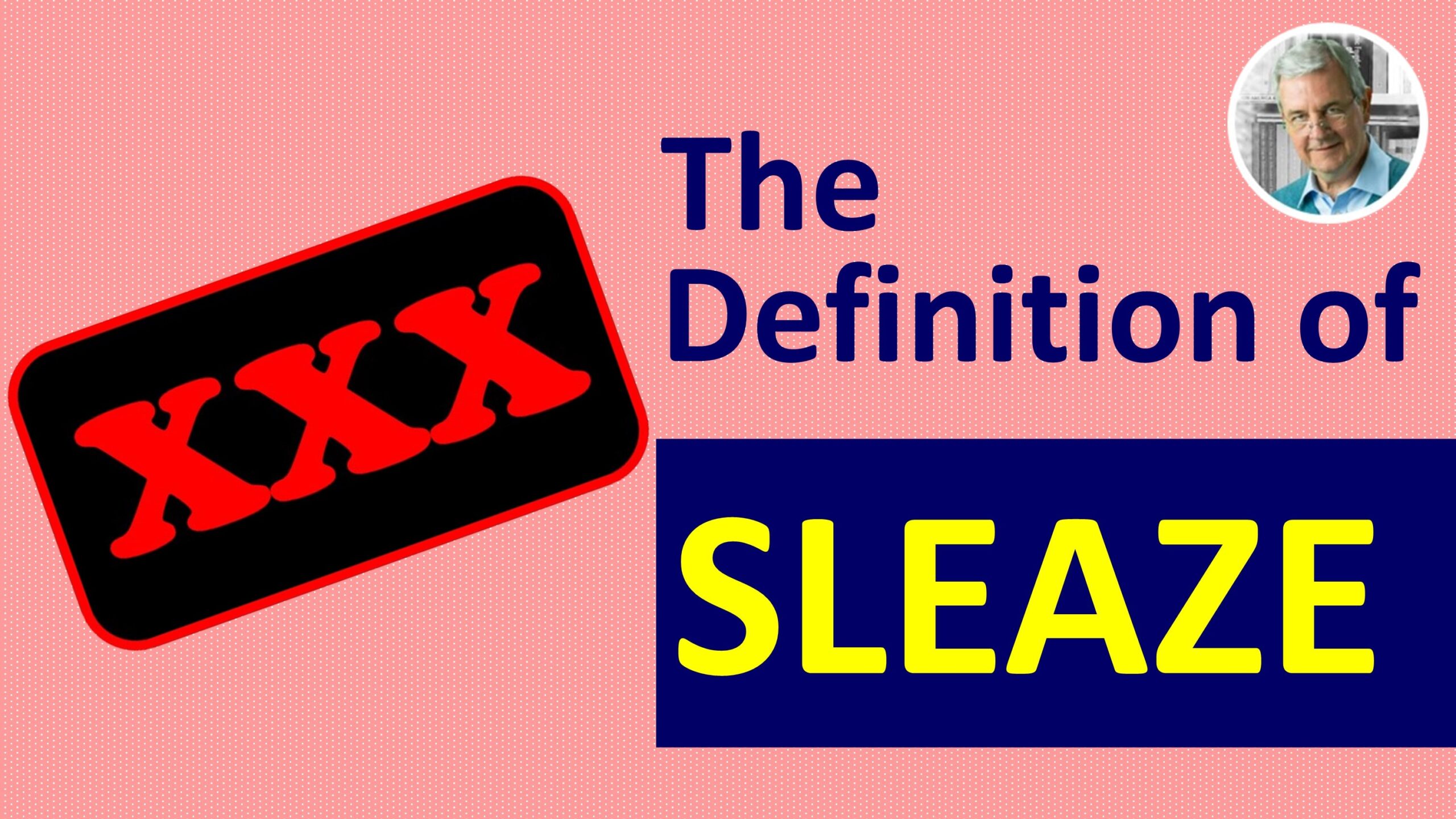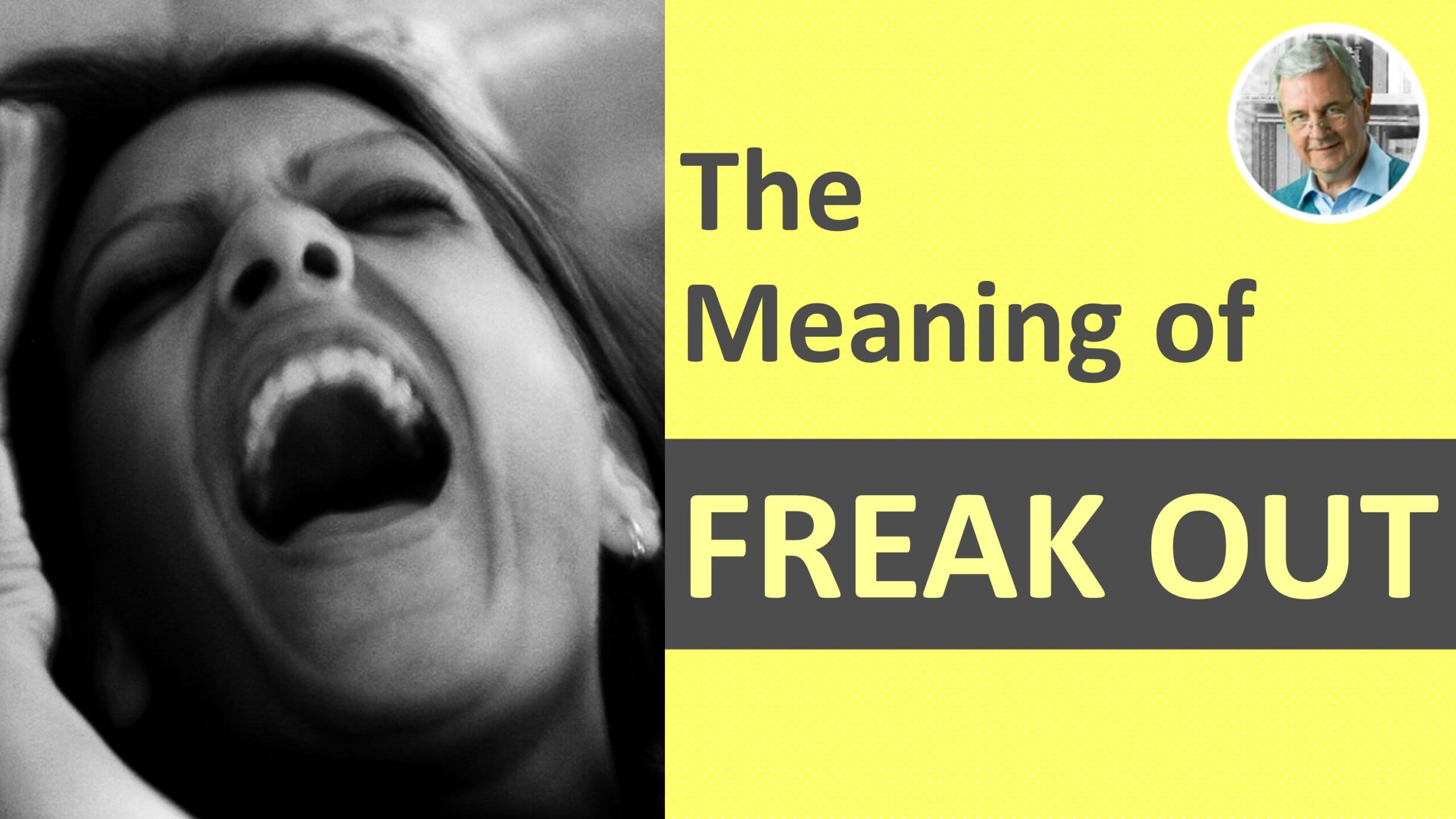The Definition of POP – POP in a Sentence
The Definition of POP – POP in a Sentence
This video explains the meaning of POP as an abbreviation of the word popular. There are specific contexts in which this word is used.
The video provides 4 examples of pop in modern culture. Illustrations are provided and sentence examples so the student can form a strong mental association with the phrase containing POP and the picture.
Understand the modern definition of POP and increase your knowledge of everyday English.
Here is a transcript of the video . . . What is the Meaning of POP?
Slide 2:
The meaning of POP:
In the 19th century POP came to be used as an abbreviation of POPULAR.
The abbreviation POP is now used in a variety of ways.
Note: This video focuses on ‘pop’ as an abbreviation of ‘popular’. Check the dictionary for various meanings for the noun, adjective, and verb ‘pop’.
Slide 3:
Pop Music/Pop Song
Definition: a genre of popular music featuring short to medium length songs, often with repeated choruses and hooks, borrowing elements from a variety of styles.
Note: During the 1950s pop music and rock music were almost synonymous. However, at the end of the sixties, rock music was understood to be more innovative and meaningful, whereas pop music was more lightweight and commercial.
Slide 4:
Sentence Example: “Top of the Pops”, made by the BBC, was the world’s longest running weekly music show, broadcast from January 1, 1964 to July 30, 2006.
Slide 5:
Pop Art
This art movement developed in the U.S.A. and the U.K. during the 1950s. It uses themes and techniques of mass-produced popular culture such as comic strips, advertising, and science fiction.
It uses images from popular culture and challenges the traditions of fine art.
Slide 6:
Sentence Example: Andy Warhol’s silk screen print of Marilyn Monroe is a typical example of pop art.
Slide 7:
Pop Psychology
Pop psychology developed during the 1950s and 1960s in close association with the human potential movement.
It refers to ideas, concepts and theories about human behaviour and thinking that are easily understood with the intention of improving the quality of life.
Self-help books are one aspect of pop psychology.
Slide 8:
Sentence Example: “The Power of Positive Thinking”, a 1952 self-help book which remained on the New York Times’ best-seller list for 186 weeks, is an early example of pop psychology.
Slide 9:
Pop Culture
Pop culture refers to products in the fields of music, art, literature, dance, film, fashion, etc. that have mass appeal, transmitted through the mass media, and especially aimed at the younger generation.
Slide 10:
Sentence Example: If you want to see how pop culture is constantly evolving, subscribe to YouTube’s Culture & Trends Report!
Slide 11:
So remember, the word POP as an abbreviation for POPULAR is often used in the modern world to refer to:
- pop music or pop songs
- pop art
- pop psychology
- pop culture
Slide 12:
Has this video helped you? Hit LIKE now!
Slide 13:
Continually IMPROVE YOUR ENGLISH by subscribing to this channel.
Hit the subscribe button NOW!
Slide 14:
Click the bell icon and choose All to be notified when there are new videos!
Slide 15:
Build A Powerful English Vocabulary with my FREE course on Udemy!
Go to: http://goodenglish.online
As you are interested in the definition of POP, here is another modern expression in English you will probably like to know:
The Meaning and Definition of SILLY MONEY
Image Credits
Slide 4 – Top of the Pops
Public Domain
https://en.wikipedia.org/wiki/Top_of_the_Pops#/media/File:Totp_logo_1998.svg
Slide 5 – Marilyn Monroe
Creative Commons
https://flic.kr/p/9VmZt
Andy Warhol
https://flic.kr/p/de7ohZ
Slide 8 – Positive Thinking
Fair Use
https://en.wikipedia.org/wiki/The_Power_of_Positive_Thinking#/media/File:The_Power_of_Positive_Thinking_(Norman_Vincent_Peale).png
Slide 10 – YouTube trends
Fair Use
https://www.youtube.com/user/Trends
Regarding the use of illustrations and photographs used in this video:
Public Domain
Public domain works are not restricted by copyright and do not require a license or fee to use. Public domain status allows the user unrestricted access and unlimited creativity. These are typically very old works.
Fair Use
Section 107 of the Copyright Act provides the statutory framework for determining whether something is a fair use and identifies certain types of uses—such as criticism, comment, news reporting, teaching, scholarship, and research—as examples of activities that may qualify as fair use.
https://copyright.gov/fair-use/more-info.html
Creative Commons Attribution Licence
Others are allowed to copy, distribute, display, and perform copyrighted work – and derivative works based upon it if they give credit to the creator or source.
https://creativecommons.org/licenses/by/4.0/legalcode





